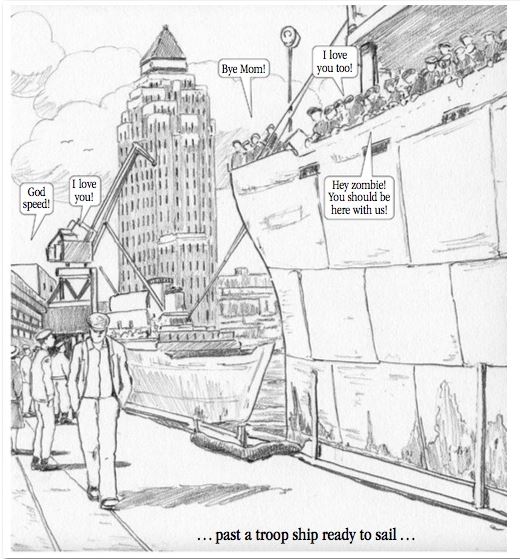Continuing on with a series I started earlier this year, I’ve asked a few friends to tell me their favourite Vancouver building and the one they miss the most.
Michael Kluckner
Michael is the author of a dozen books. His most recent is Toshiko, a graphic novel set in BC in 1944. He is the president of the Vancouver Historical Society and a member of the city’s Heritage Commission.
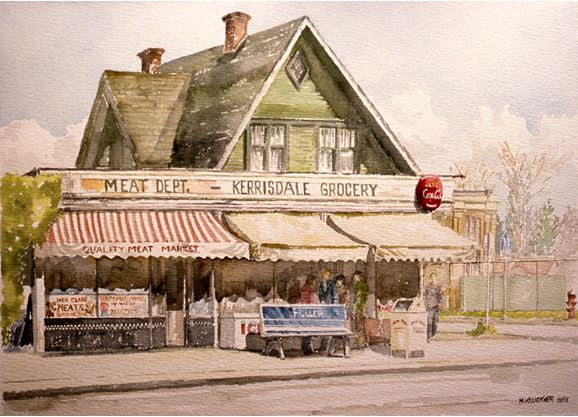
Michael says that one of his favourite buildings that’s missing from our landscape is the Kerrisdale Grocery which once stood at 49th and Maple next to Magee High School. The 1914 grocery store burned down in 1989 and is captured in Michael’s painting (above) and appeared in his 1990 bestseller, Vanishing Vancouver.
“The Kerrisdale Grocery, and all the rest of the independently run neighbourhood stores in the city, reflected a time that appeared to be less dominated by multinational chains, where people supported local businesses, and where funky architecture was more common,” he says. “Corner stores, aka “Chinese groceries,” are historically important as well as the first businesses of new immigrants, especially Chinese and Japanese, in an earlier Vancouver of racial barriers and homogeneous white neighbourhoods. These stores are a version of the live-work spaces so trendy in the modern city, where a family could live behind or above the store. They are almost all gone now.”
Jessica Quan
Born in Germany, raised in Vancouver with roots in Steveston’s Japanese community and Victoria’s Chinatown, Jess discovered a love for heritage, history and architecture when living in Japan and London, UK. She is the Special Project Coordinator for the Vancouver Heritage Foundation, and her projects include the Heritage Site Finder Interactive Map and the Places That Matter plaque program.
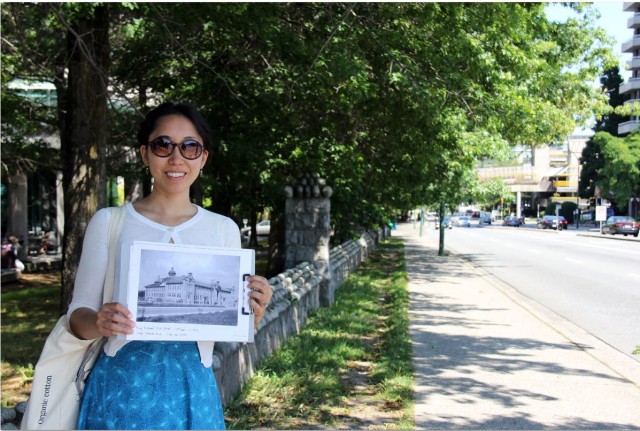
Jess says that her favourite heritage building is hidden on West 7th Avenue between Spruce and Oak in Fairview Slopes. She’s cagey about the actual address because she’s working on a plaque for it, but will say that it’s an A on the Vancouver Heritage Register. “It’s a wonderful example of the type of tenement buildings built along the Slopes for workers at the sawmills below. It’s hard to believe now how much heavy industry occupied False Creek, and it is a reminder of what life was like 100 years ago for the early immigrant workers who came to Vancouver—in this case Japanese, but also the Sikh.”

Jess says if she had to pick one building that we should have kept it would be the original City Hospital (VGH) where the Easy Park Lot now stands at Pender and Cambie.
Lani Russwurm
Lani Russwurm has been blogging about Vancouver history since 2008 as Past Tense Vancouver. He is the author of Vancouver Was Awesome: A Curious Pictorial History (Arsenal Pulp Press, 2013).
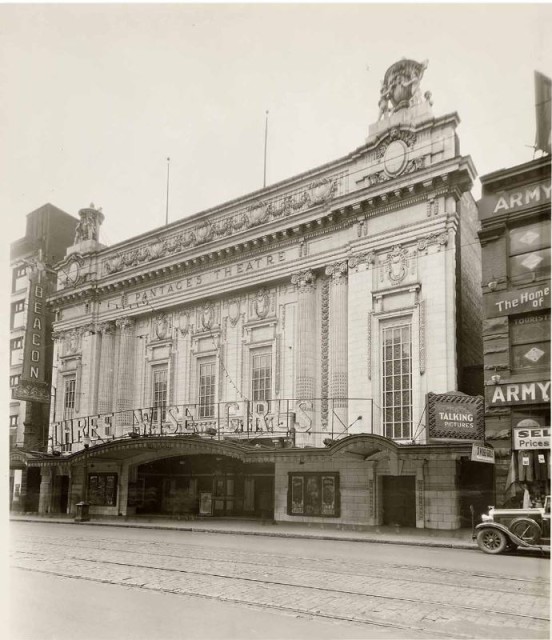
Lani says of the long list of buildings that we’ve destroyed, one of the stupidest is the second Pantages Theatre. “It stood at 20 West Hastings, first as the Pantages, then the Beacon, the Majestic, and finally Hastings Odeon before it was demolished in 1967 for a parking lot for Army & Navy. In the 1930s, vaudeville legend Texas Guinan performed for the very last time there and a teenaged Yvonne De Carlo began her showbiz career there with a boxing kangaroo.,” he says. “This city has a rich theatre history, including vaudeville and motion picture houses, and the second Pantages may have been the best of the bunch.”

Lani says his favourite building still standing is the Marine on Burrard. “Today it’s boxed in by taller, shinier towers, but for years it dominated Vancouver’s skyline and was once the tallest in the British Empire. Not only is it a great example of 1920s Art Deco architecture anywhere, but its maritime theme makes it specific to that place and time in Vancouver’s history.”
Lisa Anne Smith
Lisa Anne Smith is an education docent at the Museum of Vancouver and the author of Our Friend Joe: the Joe Fortes Story, and Vancouver is Ashes. She also wrote a children’s book about the RCMP ship the St. Roch.
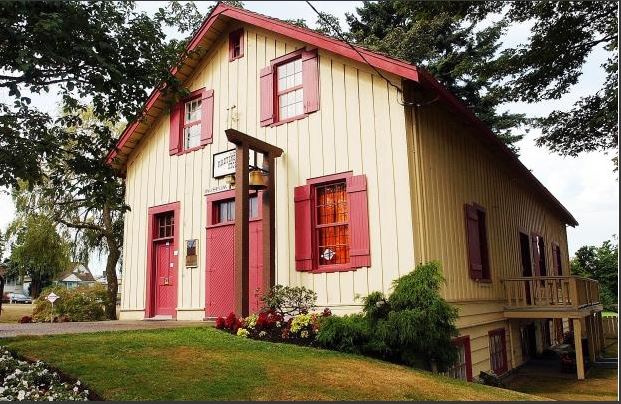
As a curator for the Old Hastings Mill Store Museum (the oldest building in Vancouver), picking a favourite isn’t hard for Lisa. “The store dates from 1868 and as a Great Fire survivor, is the oldest building in Vancouver by far. It was barged over to its present site in 1930 and continues to be owned and maintained as a museum by Native Daughters of B.C. Post #1.”
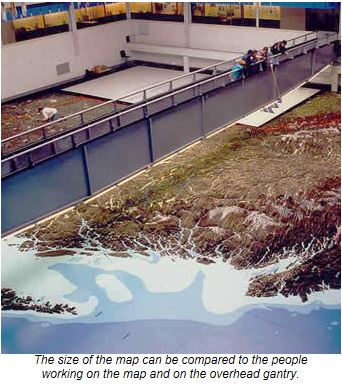 Lisa says that if she had to pick a building that she misses the most it would be the B.C. Pavilion which housed the Challenger Relief Map at the PNE. “The B.C. Pavilion was torn down in 1997 and the Challenger map was placed in storage,” she says (it’s currently at an Air Canada hangar at YVR. “I had the privilege of conducting gantry tours of the map during the 1976 and 1977 Pacific National Exhibitions. I still can’t believe they had the audacity to dismantle the thing! It’s a sad loss for the city and the province.”
Lisa says that if she had to pick a building that she misses the most it would be the B.C. Pavilion which housed the Challenger Relief Map at the PNE. “The B.C. Pavilion was torn down in 1997 and the Challenger map was placed in storage,” she says (it’s currently at an Air Canada hangar at YVR. “I had the privilege of conducting gantry tours of the map during the 1976 and 1977 Pacific National Exhibitions. I still can’t believe they had the audacity to dismantle the thing! It’s a sad loss for the city and the province.”



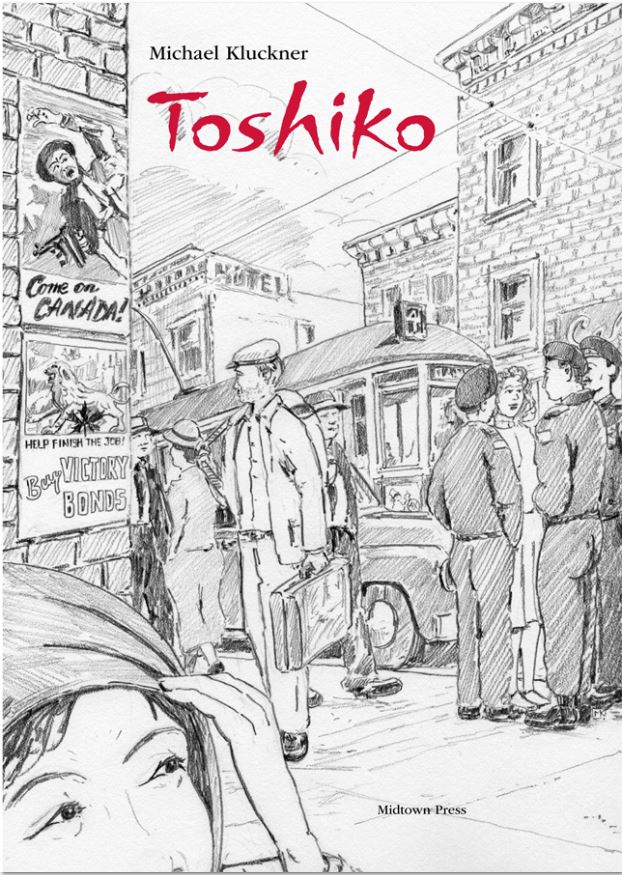
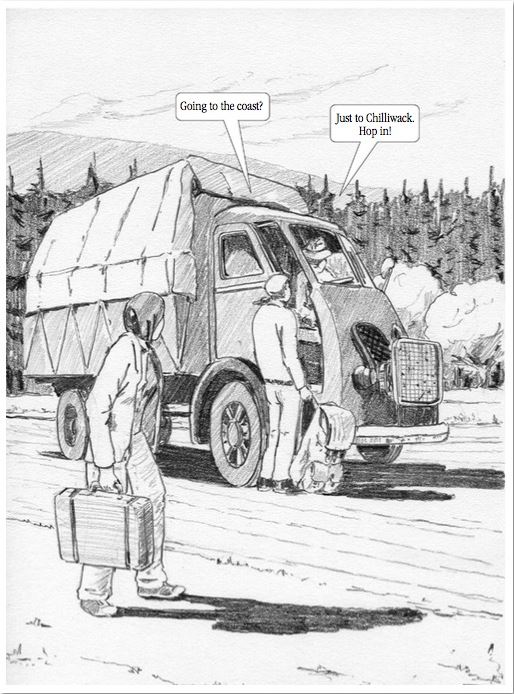
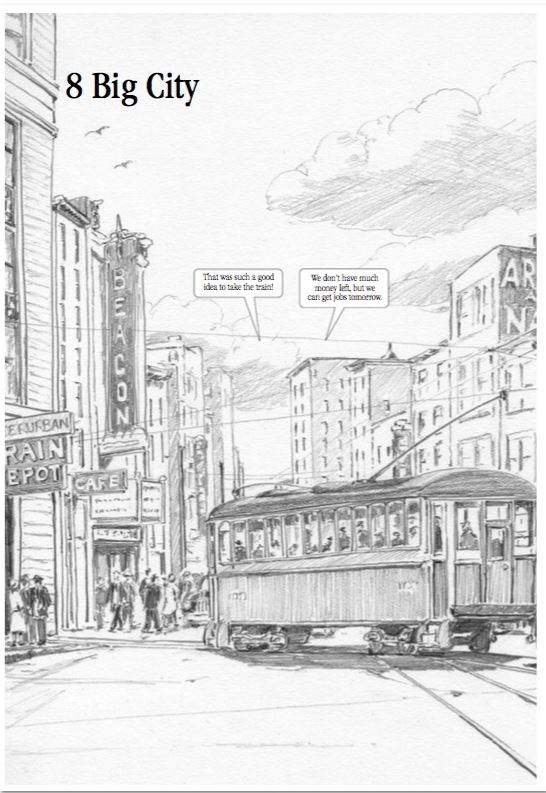 “I thought I’d have a romance develop and see how that played out as a way of describing all of the social class issues and the race issues and the war time issues,” he says. “I didn’t really know what was going to happen when I started, but I knew they were going to go to Vancouver and that would give me the opportunity to get some Vancouver stuff in and create that whole world around the Chinatown hotel and the squatter’s camp at False Creek.”
“I thought I’d have a romance develop and see how that played out as a way of describing all of the social class issues and the race issues and the war time issues,” he says. “I didn’t really know what was going to happen when I started, but I knew they were going to go to Vancouver and that would give me the opportunity to get some Vancouver stuff in and create that whole world around the Chinatown hotel and the squatter’s camp at False Creek.”